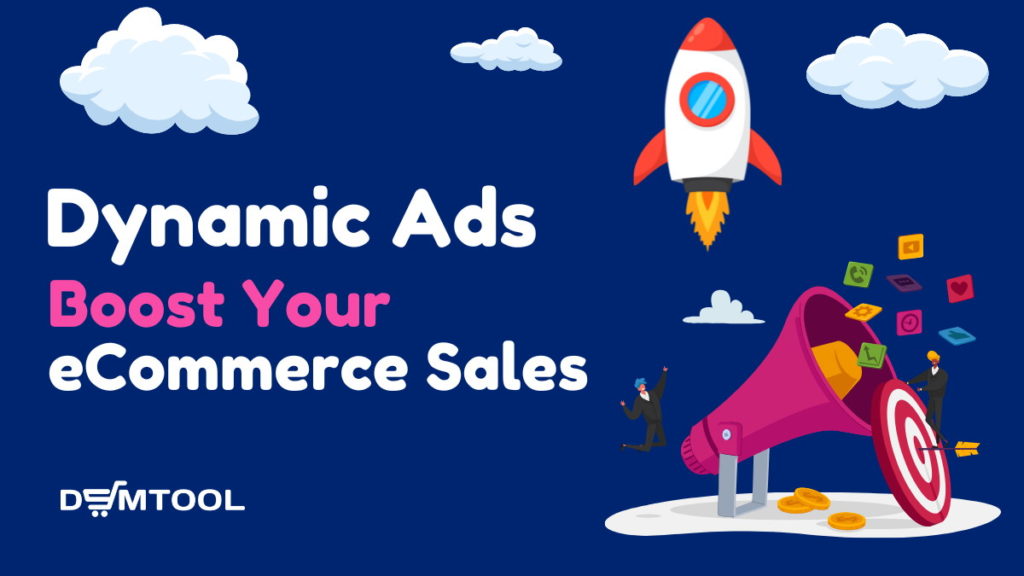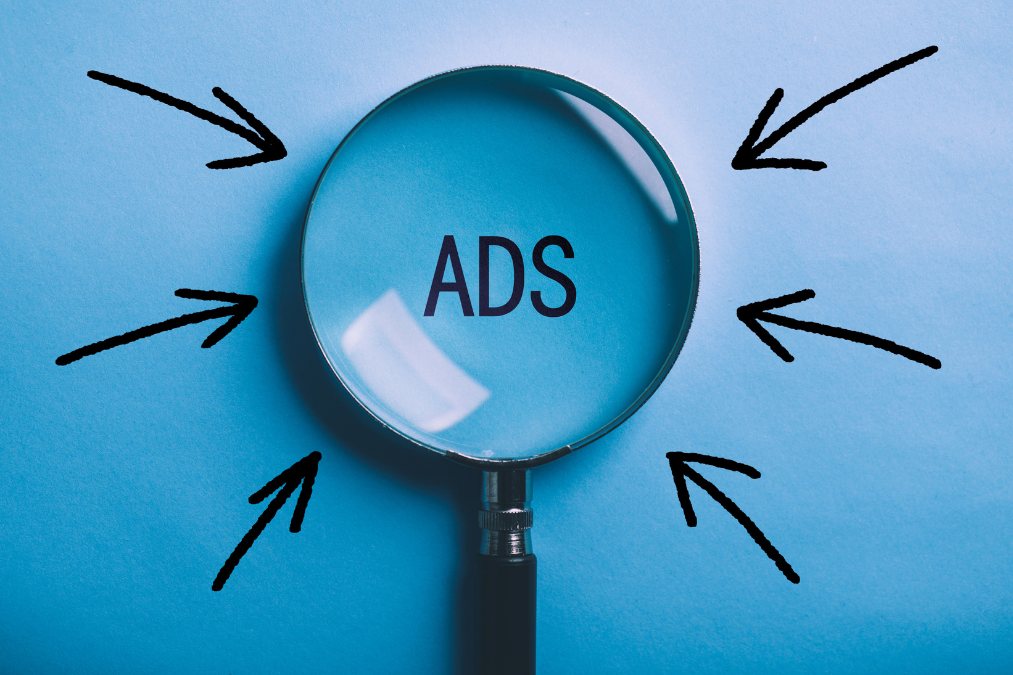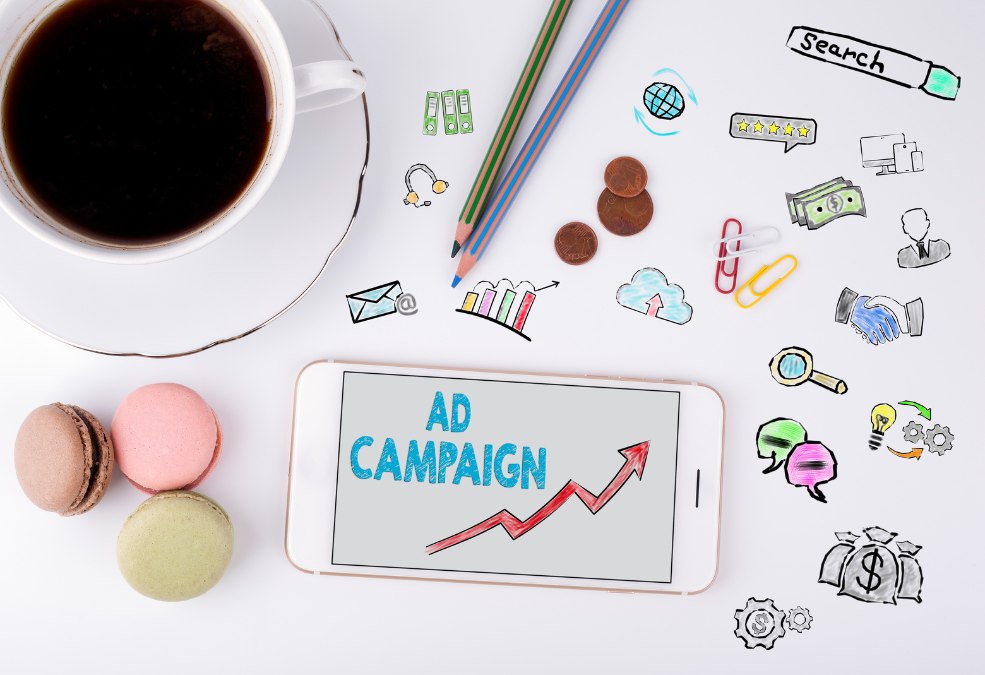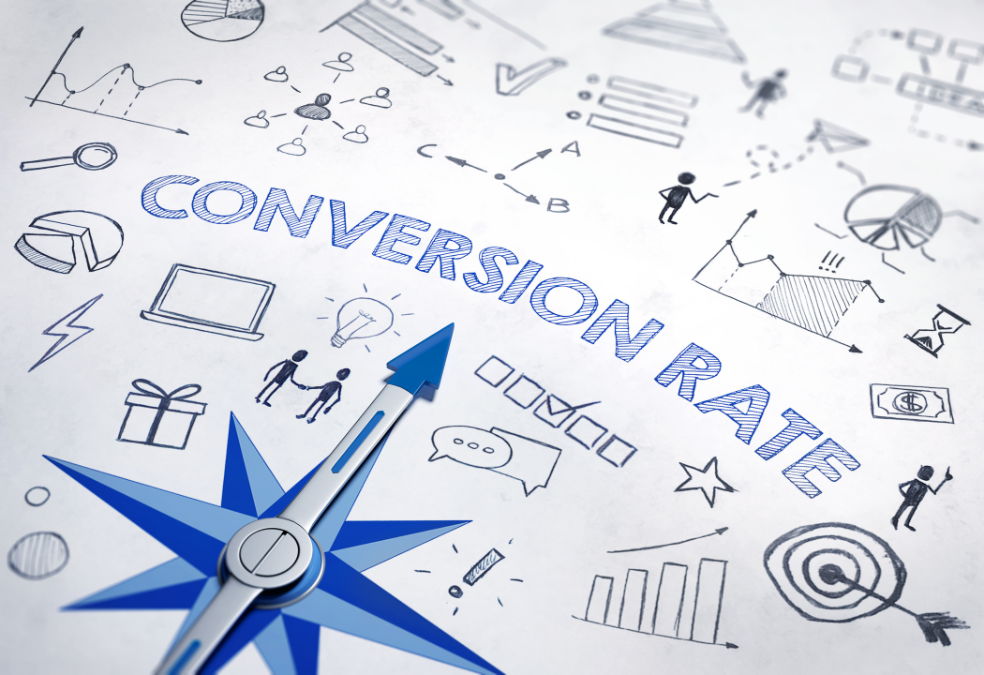
Welcome to e-commerce and ad personalization. We will discuss Facebook dynamic ads and show you simple steps for dynamic ad insertion. You’ll love it here!
Usually, marketing is meant to grab the attention of potential consumers and convince them to use your product. The goal is always to spread your brand message to potential customers, i.e. to make your project reachable and known.
It’s no shock that more than 90% of marketers believe Facebook ads are effective at generating sales. Ad optimization is an essential part of all marketing activities.
So, if you know how to use this strategy, it can be crucial for increasing sales for your eCommerce business.
We’ll walk you through all things about dynamic ads and how you can use them to boost the overall performance of your eCommerce company. Ready? Let’s begin!
What are dynamic ads?
These are campaigns that automatically adapt to user activity on your website, app, company page, and more. In other words: When someone visits your website, the Facebook code is immediately activated. This can only mean good things for you.
So the platform starts collecting data. When you serve dynamic search ads, you can target those people based on the information you’ve collected about them to show relevant products based on the activity you’ve selected, such as specific products that users have viewed or added to their shopping cart.
This way you can offer relevant items to your customers or anyone who’s searched for your products on your website or mobile app. Both Google and Meta (Facebook, Instagram, etc.) offer this way of advertising. So, how can you really take advantage of all of this?
How to make dynamic ads on Facebook?

- Create a Facebook Pixel: install Facebook Pixel on your website or mobile app. You’ll see right way why social media advertising is easy.
- Use a dynamic ads template: one that contains all the relevant information about the topics or dynamic fields you want to develop.
- Add “events” to your website and mobile app: this type of “event” is based on specific actions your users take on your website or app.
- Configure product catalog: add your own catalog with the services or products you want to sell.
Ads are only part of Facebook marketing. Learn How To Use Facebook To Promote Your Drop Shipping Business.
Dynamic ad insertion: 6 tips to boost your sales with Facebook dynamic ads
1. Filter products by category
Let’s work in order.
You don’t want to promote every item to every audience in every way. Instead, filter items by category, product type, currency, product availability, and more. Use the ‘Product Groups’ option to target specific audiences based on their interests.
Product sets keep your consumers informed and have a positive impact on your target audience. They make your message easier to remember and encourage consumers to click on the CTA you create. It’s a way to direct them exactly where you want them.
Product filtering also allows you to control which specific items benefit from the promotion. With targeted product sets based on special discounts and news, for example, you can reach consumers who’ve added products to their shopping cart (there goes a solid upselling strategy).

Not yet making money online?
Start your own dropshipping business. Sign up for a free trial of DSM Tool and we’ll help you get started. Today is the day.
2. Focus on one target group at a time
Make sure that there’s minimal overlap between the target groups.
If you start creating and scaling your campaigns or duplicating ad sets to reach new potential customers, your target audiences will eventually overlap and the ad sets will no longer deliver results or you could spend more money on pay-per-click.
For example, if two people share the same data when you use the same interest in the same campaign budget optimization. The ads would reach a point of overlap and the campaigns would stop working.
That’s why you should exclude some of those interests or audiences. If you’ve multiple audiences in the platform account you want to use, you should determine if audiences overlap between two different groups.
You need to keep an eye on them to maximize your results and save money.
3. Invest consciously in each campaign

It’s important to determine the desired outcome of your ads: clicks, impressions, or conversion. It’s not a good idea to spend all your ad spend on a single goal.
You need to figure out how many different types of dynamic ads you can afford so you could divide your budget strategy into two main categories, for example:
- Part of your advertising budget on annual branding to build credibility and awareness in your target market.
- Additional advertising to boost sales or if you’ve some kind of promotion.
Remember that the money you spend on dynamic ad insertion is a long-term investment in the growth of your business so the key to success is consistency and continuity. Invest and wait until you get the results you want and develop a strategy to use your budget sparingly.
4. Give importance to the regular visitors
Regular visitors can be one of the best options for your strategy, as consumers who’ve already interacted with your business are much more likely to convert and buy your products or services than a cold audience that’s never shown much engagement.
A custom audience refers to a group of people who’ve already interacted with your business. You can create these audiences using actual data and different sources
A custom audience can be created from your existing email customer list of people who’ve already purchased, people who’ve visited your website or interacted with your Instagram or Facebook page, or a variety of other touchpoints.
They should be based on the personality of your buyer persona or a fictional representation of your ideal customers. That’s why you should set up custom audiences for each sale funnel and include them in your retargeting ad sets.
5. Trust to repurpose your campaigns
Serving ads to people who’ve already interacted with your business is the best way to maintain their interest and convince them to continue through the sales funnel.
Retargeting ads have an average click-through rate ten times higher than regular ads. To create retargeting ads, you can use data on web activity, app activity, content activity, and so on.
Depending on what you’re targeting and how you’re approaching them, there are three main types of retargeting:
- Dynamic: these are retargeting campaigns based on customer activity, such as when you view a product or add it to your cart but haven’t purchased it yet.
- Engagement: these ads use activity to show ads to people who’ve visited your website, store, or page. The goal is to capture the attention of a group or user by writing a killer copy for each product and then offering them personalized options.
- Source audiences: with this type of ads, you can target people who’ve never heard of your business, but are interested in the same things as your current customers. The idea is to build new, similar audiences with the goal of promoting your brand to these users.
The idea is to build new, similar audiences with the goal of promoting your brand to these users.
Retargeting ads can help you reduce the number of abandoned purchases, lower the cost per click, increase the conversion rate, and increase brand awareness for your eCommerce.
Shopify has a Facebook App that allows you to sell products on Facebook for free. Check out these Best Shopify Facebook Shop Examples that utilize this feature.
Benefits of Facebook dynamic product ads

Facebook dynamic product ads, when used properly, can help turn purchase intent into fantastic numerical results for your project. With dynamic ad insertion, you’ll be able to:
- Increase conversions: you will be attracting the right customer to get the profitability your business needs.
- Improve engagement: dynamic search ads cover terms that may not be keywords on your website, allowing you to reach pages that would otherwise be nearly impossible or require a lot of effort to reach.
- Leverage the data collected from the platforms your customers use: by using information about your best customers, Facebook can locate never-before-noticed audiences that share similar characteristics.
- Easy monitoring: you save yourself a lot of work since you don’t have to worry about listing keywords and setting them up, as this type of ad can be placed in a variety of categories in a short amount of time.
- Increase sales in general: eCommerce merchants like you making the most of Facebook ads know how to use optimization and effective targeting as part of their strategy.
There are also a few things you should keep in mind for successful dynamic ad insertion:
- Check your Facebook Pixel for errors before launching the first campaign.
- Use the largest number of products possible.
- Don’t be afraid to test your ads over longer periods of time to really see the effectiveness.
Dynamic ads are more effective than traditional ads, especially in a field like e-commerce that’s so oversaturated with reused strategies that go nowhere.
Some entrepreneurs turn their attention to other social commerce platforms, like TikTok. Others search for more effective strategies. Nevertheless, Facebook is full of opportunities that you can take advantage of to expand your business. Here are a few articles that might help you:
- What is Social Commerce and Why You Should Try It [2022]
- Free Guide to Facebook Marketplace Dropshipping [2022]
- Guide on How to Start to Sell on Facebook Marketplace Now [2022]
- Tips For Selling On Facebook Marketplace: Get More Sales
- Facebook Prohibited Items: Don’t Sell or Advertise These Products on FB!
- Best Selling Items On Facebook Marketplace in 2022 [Popular Niches]
Follow our tips and get your project off the ground!
About the author:

Guillermo is a Venezuelan SEO content writer living between Uruguay and Argentina. He currently creates powerful SEO content for B2B SaaS brands with Skale and his articles have reached more than two million people across the Americas. He’s a firm believer in love, dulce de leche, and Kelly Clarkson.

